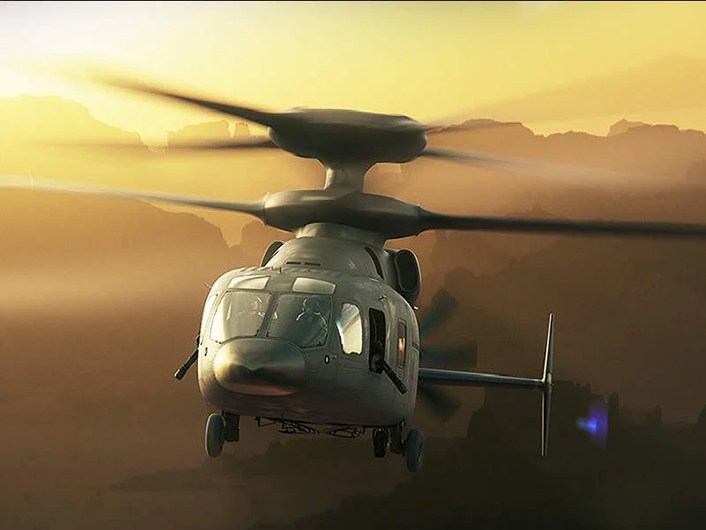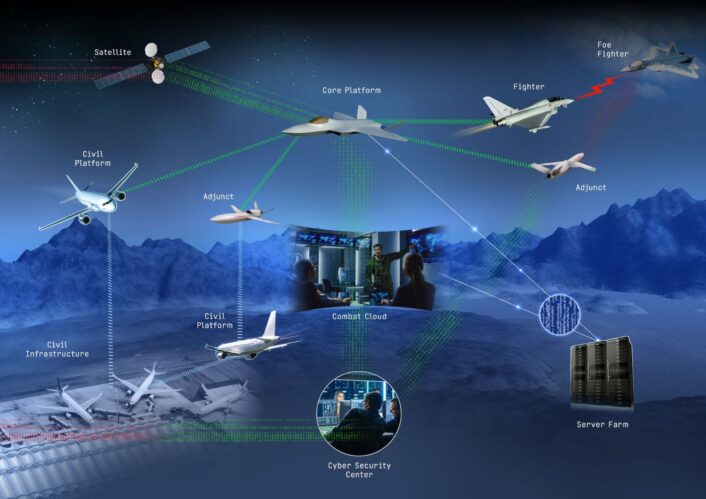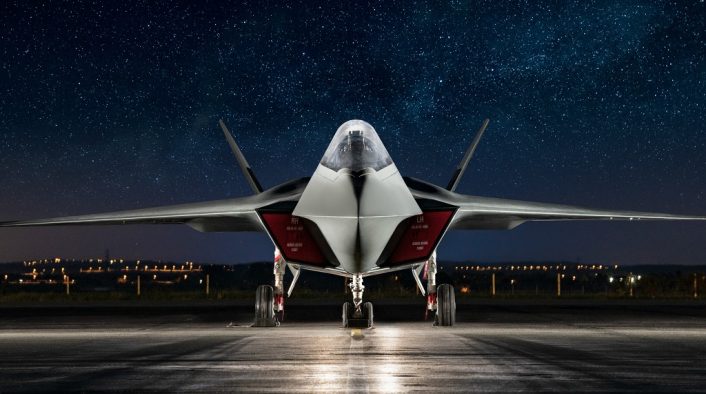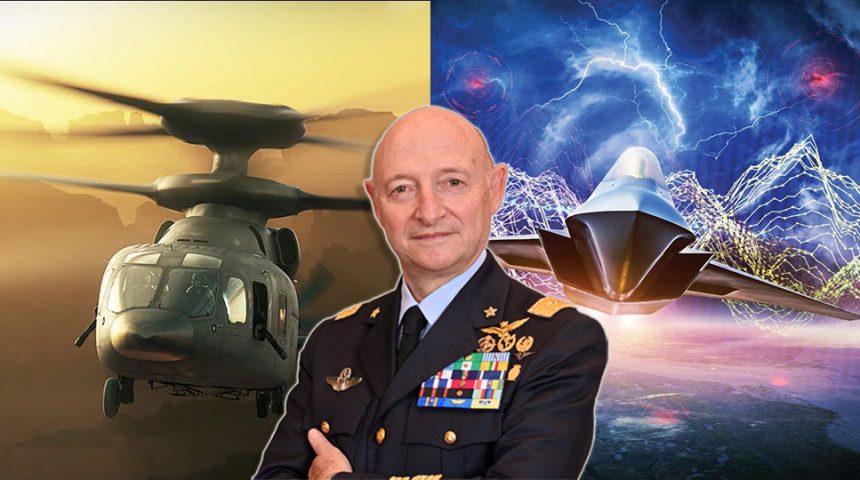The Italian Air Force Chief of Staff recently talked about the FVL and Tempest/FCAS as the service’s two most important projects.
Talking to the media on July 19, 2022, during the “Tende Scaglia” special operations exercise, held at Grazzanise Air Base, Italy, the Chief of Staff of the Air Force, General Luca Goretti, highlighted the importance of two projects for the future of the service: the FVL (Future Vertical Lift), for the rotary wing component, and the Tempest/FCAS (Future Combat Air System), for the fixed wing component.
The Future Vertical Lift is a program which is set to create a new family of helicopters for the U.S. Armed Forces that will share sensors, avionics, engines and countermeasure systems. The U.S. Army, in particular, has been considering the program since 2004 to replace its rotorcraft fleet (UH-60 Black Hawk, AH-64 Apache, CH-47 Chinook, and OH-58 Kiowa helicopters) with new designs of various sizes that will be faster, have longer range, higher payload, are more reliable and easier to maintain and operate than the current ones.

As part of what it calls the joint Future Fast Rotorcraft initiative, which has the objective of studying new helicopter technologies for the development of the Next Generation Fast Helicopter, Italy is one of the countries interested in the FVL program.
FCAS is a System of Systems (SoS) that includes next generation aircraft and UCAVs, cooperating in a MUM-T (Manned Unmanned Teaming) scenario and interconnected through a secure cloud network. In particular, Tempest is the name given to the 6th generation aircraft (also referred to as the “core plaftorm”) part of the broader FCAS concept.
UK, Italy and Sweden have signed a trilateral Future Combat Air System Cooperation Memorandum of Understanding on Dec. 21, 2020, which covers the cooperation for research, development and joint concepting of the FCAS, but discussions about the possible participation of Japan in the program are currently underway.
Italy and the UK would replace the current Eurofighter fleets with the Tempest, Sweden seems to be more interested in the system as a whole rather than the “core platform” (considered the investments and effort put on the Gripen E), while Japan is assessing the overlapping requirements and capabilities of the Tempest and the indigenous F-X programme for a 6th generation stealth aircraft to replace the JASDF (Japan Air Self-Defense Force) Mitsubishi F-2 by the mid–2030s.
Both the FVL and the FCAS programs are considered crucial to operate in future scenarios, where advanced technologies offering improved performance will have to natively cooperate and interconnect with other platforms as part of a broader system. For the rotary wing, the requirement is have a fast and maneuverable helicopter capable of moving units from one place to another one in a short time, much faster than current systems.
“I was recently in the UK, in Bristol, to talk to Lockheed Martin and to see how Future Vertical Lift (FVL) technology is evolving,” Goretti said. “It’s a pusher propeller helicopter technology that will have almost twice the speed of traditional helicopters. Especially for the particular operations that we will have to carry out in the future, this represents a real added value, in my opinion. I am convinced that the FVL is the technology of the future. Today, everyone is buying the F-35. At that time when we decided to invest in it, we were the forerunners of the F-35 innovation, and I am convinced that also for the propelled helicopter sector, the Italian Air Force should focus on this investment.”
“On this point, I sincerely hope that our national industries will also dissolve reserves and look towards the future, to try to understand and take advantage of this opportunity that is offered to us. Because surely, similar to what happened with the F-35 line, the Future Vertical Lift represents the future of all the air forces in the world. So, if we enter the program directly, immediately, we will certainly have competitive advantages that will imply important returns in the coming years.”

Dealing with the Tempest/FCAS, Goretti considers the program strategic to the Italian Air Force: “We are investing ahead of other countries, and the response we are having, the international consensus, including that of the United Kingdom and Japan, is proof of this. It means that the country is investing with foresight and attention, looking at the development of assets for the future.”
“We are fully in the program, as a level partner together with the British and the Japanese. The presence of Tokyo, among other things, can certainly bring further added value. Japan, among other things, is a very attentive global player, and if it has decided to invest in it, it means that it certainly considers it an important program. We have been there since the beginning, together with London, and this is also a reason of satisfaction and pride for us”.
Goretti also gave his point of view about the possible future convergence between the Tempest/FCAS and the French, German and Spanish FCAS programs. “The convergence between the two programmes will certainly happen,” the Italian Air Force Chief of Staff commented. “I don’t know when but, in my opinion, we won’t be able to spend significant budgets on a similar product in the future. Therefore, I’m confident that while initially proceeding along a parallel path, technology and wisdom will eventually lead the two projects to merge. Again, I don’t know when, but I’m absolutely confident about this.”










